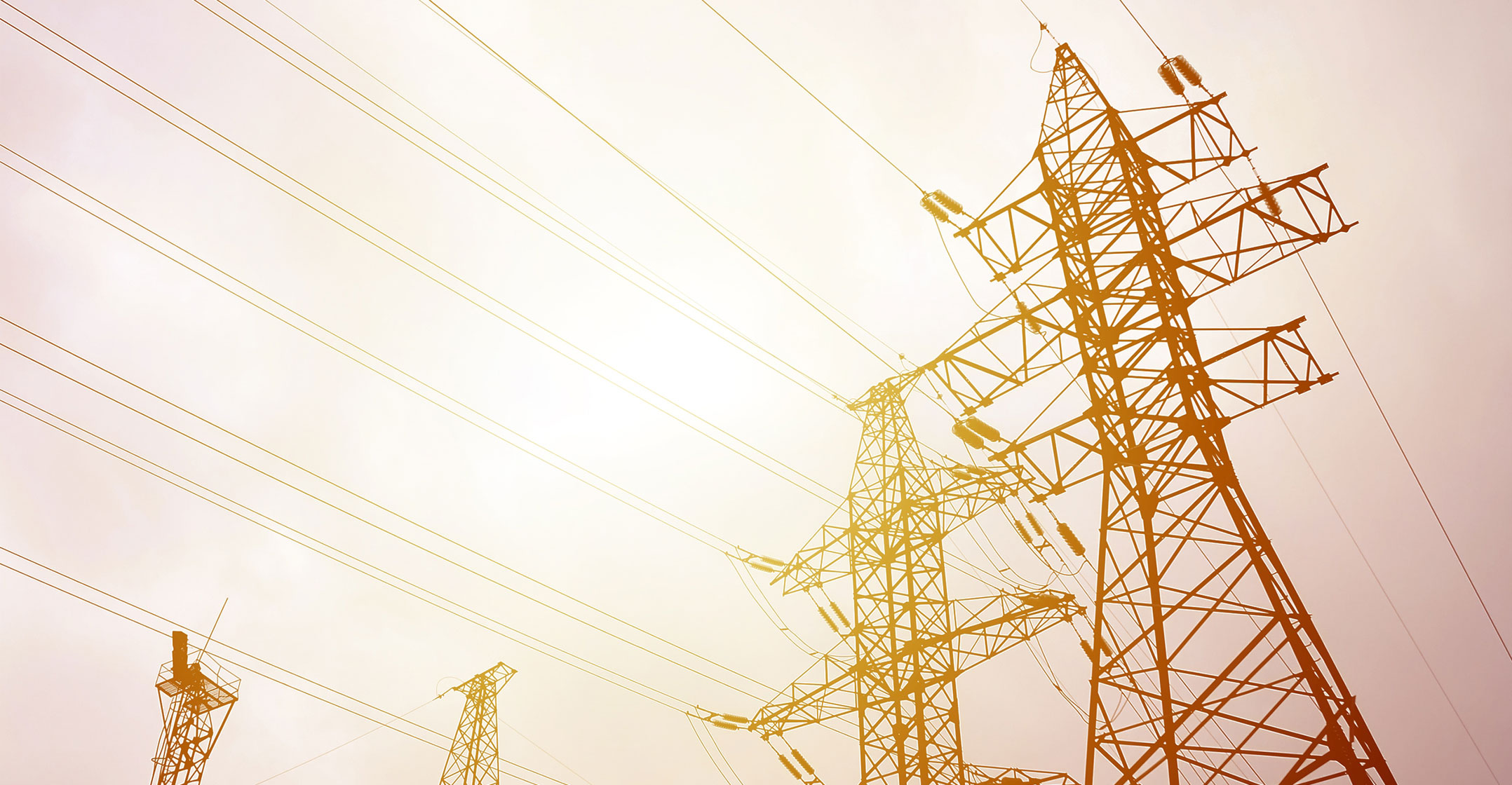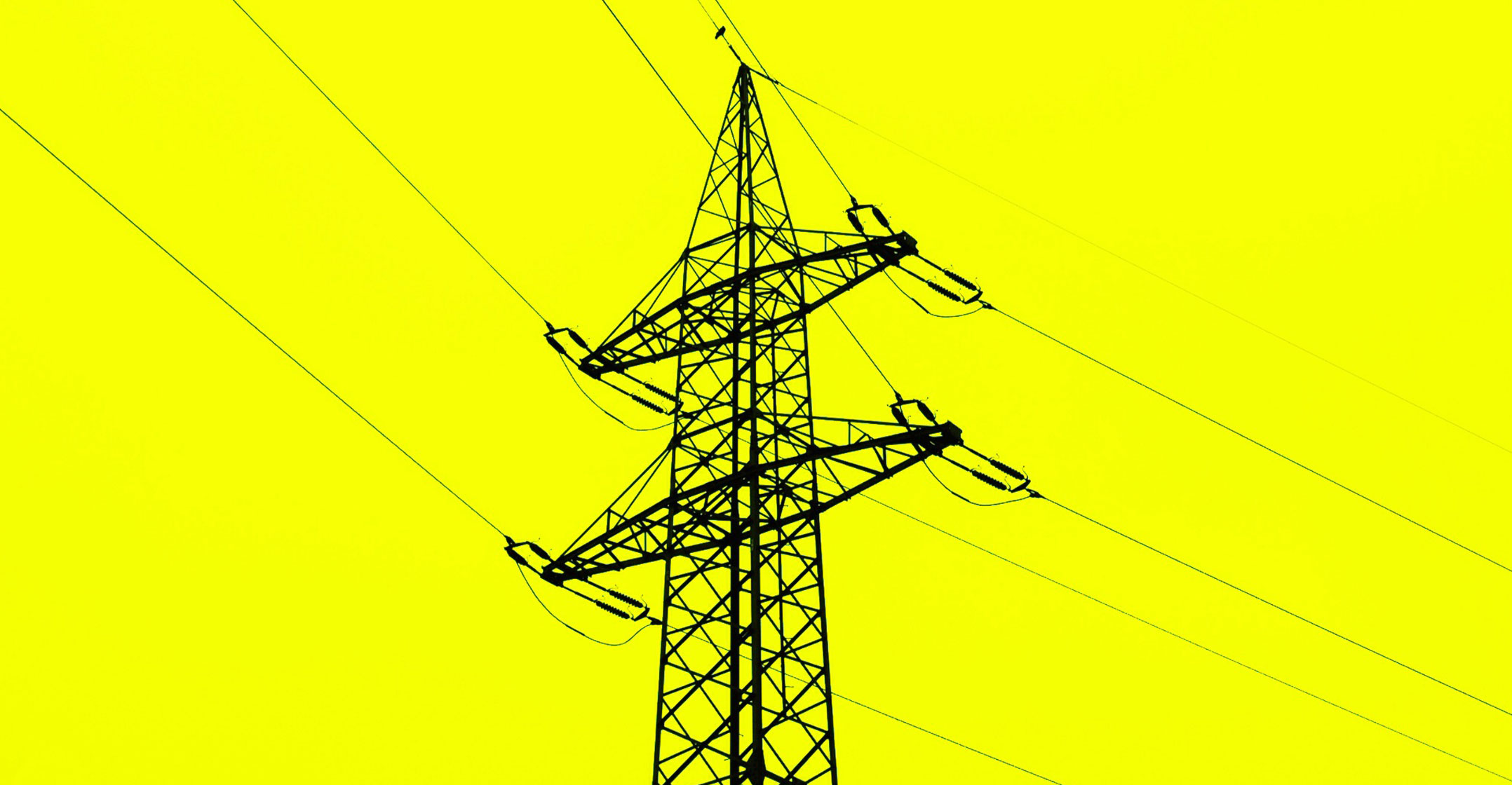 Comparisons presented by Eskom to show that its tariffs are low compared to those in many other countries were met with scepticism on Thursday during the fourth day of energy regulator Nersa’s public hearings about the utility’s application for an increase of 20.5% from 1 April.
Comparisons presented by Eskom to show that its tariffs are low compared to those in many other countries were met with scepticism on Thursday during the fourth day of energy regulator Nersa’s public hearings about the utility’s application for an increase of 20.5% from 1 April.
Nersa panel members asked about the validity of the comparisons and the chair, Nersa full-time regulator member Nhlanhla Gumede, asked Eskom to show the composition of the tariffs that are being compared. Gumede cited the example of the fuel price that is high in South Africa compared to neighbouring countries because of the inclusion of several taxes and government levies.
Eskom senior engineer Ulrich Minnaar had presented depictions of residential and industrial tariffs around the world in US cents per kilowatt hour (kWh) – based on BloombergNEF and International Energy Agency (IEA) data – as shown below.
Minnaar’s presentation came after Eskom chief financial officer Calib Cassim pointed out on Wednesday that vulnerable customers are being protected against unaffordable tariffs.
Cassim referred to government’s electrification programme that subsidises access to electricity for the poor, providing free basic electricity to the poor, as well as earlier decisions by Nersa to limit the increases to households using small volumes.
With regard to industrial customers, Cassim raised the point of government frameworks for negotiated pricing agreements, in terms of which industrial users can under certain conditions get limited tariff relief.
Cassim emphasised that subsidising one group of customers inevitably means another will pay more.
Allowable revenue
Eskom has applied for an allowable revenue of R279-billion based on its cost of supply. This increases to R293-billion when amounts it is allowed to claw back due to under-recovery in previous years is added.
The electricity Regulation Act provides that Eskom’s tariffs must enable it to recover its prudently incurred cost and a reasonable return.
According to Eskom, even the 20% increase will not result in cost-reflective tariffs. It is projecting a 15% increase next year and 10% the year thereafter.
Several stakeholders, however, questioned the prudency of Eskom’s expenses and pointed to well-known instances of theft, fraud and corruption within the utility.
Morné Mostert from AfriForum referred the Nersa panel to Eskom’s audit report, which contains several material findings regarding the mismanagement of money. In many cases, the scope of the audit was limited due to a lack of proper records, which also hampered disciplinary steps being taken against those involved.
 He pointed out that the auditors only looked at transactions of more than R25-million. “If that is what is going on with contracts of more than R25-million, what is going on with smaller contracts?”
He pointed out that the auditors only looked at transactions of more than R25-million. “If that is what is going on with contracts of more than R25-million, what is going on with smaller contracts?”
Mostert showed that these findings were repeated year after year. “There is a big problem with how Eskom manages its affairs.” He emphasised that Nersa should constantly review the prudency of Eskom’s operations.
Nicol Jansen of Agri Northern Cape said agriculture is extremely important in the provincial economy and provides most employment, compared to other industries.
He said a large portion of Agri Northern Cape’s 3 580 members are irrigation farmers who rely on electricity for irrigation and to sustain the cold chain for their produce.
Jansen said the agricultural sector is not blind to Eskom’s problems, but these cannot be solved by huge tariff increases year after year. “Neither agriculture nor South Africa can afford it,” he said.
The agricultural sector cannot afford the increase Eskom is seeking. Farmers cannot claw back costs the way Eskom does
Farmers are faced with huge increases in input cost, including 34.5% for fuel, 16% for labour and more than 200% for certain fertiliser products.
Jansen also questioned Eskom’s prudency and quoted reports about the theft of R100-million worth of start-up oil per month at its Tutuka Power Station, fraud relating to spare components perpetrated by Eskom staff, and corruption at Kusile power station among others.
He made several recommendations, including prosecution of those involved in malfeasance, selling older power stations, and creating an independent power grid.
He further asked that the tariff increase only apply to the energy charge on the Eskom bill and not to the fixed charges. Those, he said, should only rise in line with inflation.
No double digits
This proposal was supported by Jillian van der Merwe from Municipal Accounts Disputes on behalf of Eskom customers in North West. Van der Merwe said it is unfair that customers have to pay the full fixed access charges even when they have no electricity supply due to load shedding.
Jannie Strydom on behalf of Agri Western Cape asked Nersa to develop prudency guidelines for Eskom’s staff cost, which he maintains is too high. He said the agricultural sector cannot afford the increase Eskom is seeking. Farmers cannot claw back costs the way Eskom does, he said.
According to Strydom, an increase of 7% can still be absorbed, but definitely no double-digit rise in tariffs.
The public hearings will conclude on Friday. Nersa is expected to finalise its decision in February.
- This article was originally published by Moneyweb and is republished by TechCentral with permission




